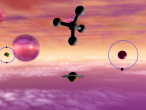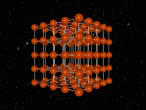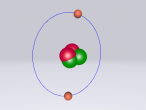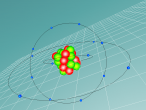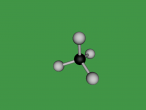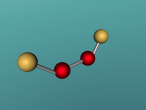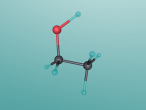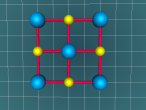Chemistry
Methane Molecule
Atoms exist all around us, whether it be in living things, or in inanimate objects. They are the basic building blocks of life. However, an atom comprises of a proton, neutron and electron. Protons are positively charged sub-atomic particles, electrons are negatively charged and neutrons have no charge. Atoms can also combine with compatible atoms, to form molecules. Molecules can either just comprise of an element, one type of atom, or a compound, multiple types of atoms. A common molecule found in the air is methane. Methane is an green house gas that is the seventh most prevalent gas in the ozone layer. Methane is used for heat and light, utilising its flammability. Methane comprises of Carbon and Hydrogen. But how do we actually identify methane in the air? Well there are two ways; the composition and structure, and the characteristics.
Hydrogen Peroxide
H2O2, otherwise known as hydrogen peroxide, is a transparent chemical compound that is commonly produced as a distilled liquid (Britannicacom, 2016). It is mostly used for bleaching various types of textiles and wood, manufacturing other chemicals, as rocket propellant, cosmetic use and medicinal purposes (Britannicacom, 2016). It can be found in rain, cleaning supplies, factories, mines and your local pharmacy (NZIC, n.d.) There are four steps in the manufacture of hydrogen peroxide. Those four steps are hydrogenation, filtration, oxidation and extraction (NZIC, n.d.)

Hydrogen cyanide
Hydrogen cyanide, otherwise known as prussic acid is lethal to humans when a large enough quantity is ingested (approximately 150mg/m-3) and has a LD50 2857mg/kg of body weight. With a boiling point of 26°C and a melting point of 12-14°C, hydrogen cyanide is mostly found in its gaseous or liquid state, where it is most fatal as it is a systemic chemical asphyxiant where when the cyanide ion cyanide ion halts cellular respiration by acting as a non-competitive inhibitor for an enzyme in the mitochondria called cytochrome oxidase, halting ATP production in the mitochondria. However, hydrogen cyanide is a precursor to products from polymers to pharmaceuticals as it is then in small enough doses that there is no physical affect to the human body.








